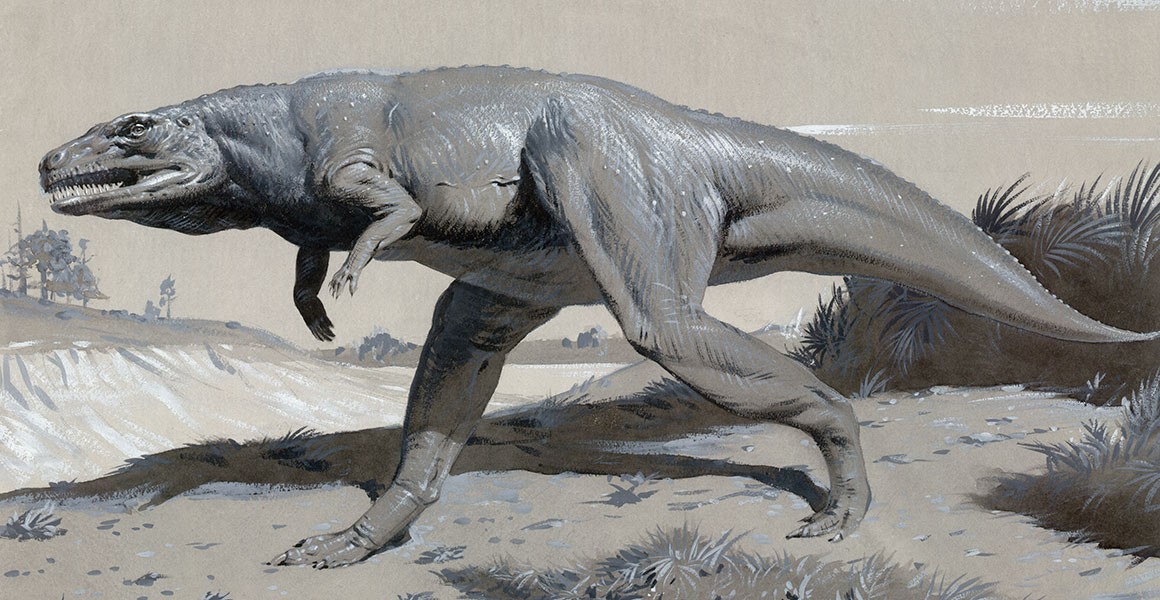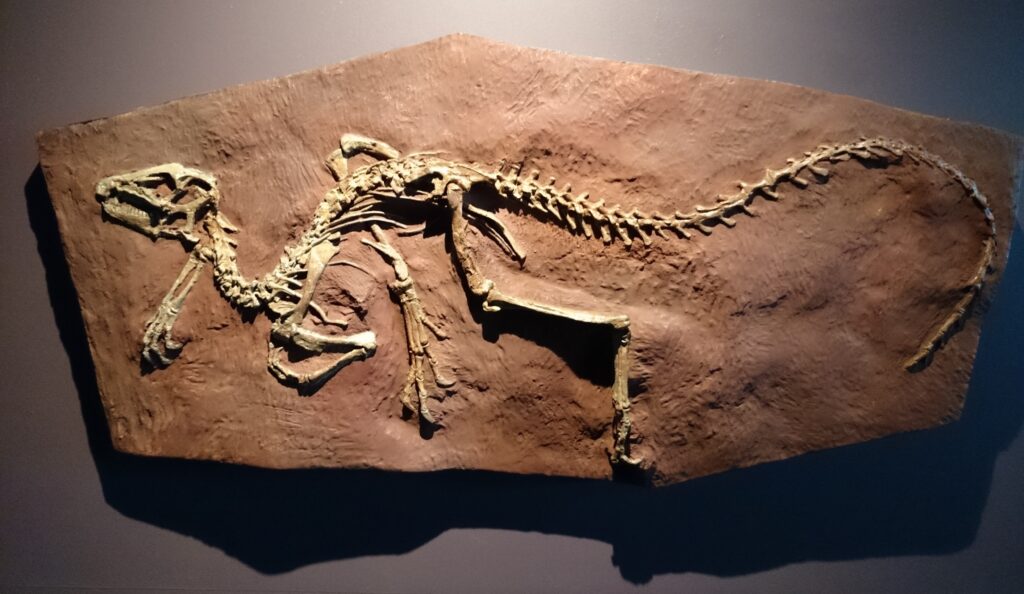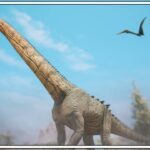The discovery of dinosaurs is one of the most significant events in the history of paleontology, unlocking a world of prehistoric creatures that once roamed the Earth millions of years ago. But when did this revelation occur? Who first unearthed these ancient giants? The journey to uncovering dinosaurs as a scientific reality spans centuries and involves the contributions of many remarkable scientists, explorers, and fossil hunters.
The Early Beginnings of Dinosaur Discovery
While the first scientific recognition of dinosaurs began in the early 19th century, the fascination with large, mysterious bones and fossilized remains dates back much further in human history. Ancient cultures, including the Greeks and Romans, stumbled upon giant bones, often attributing them to mythological creatures such as dragons or giants. However, it wasn’t until the 17th and 18th centuries that scientific inquiry into these bones began to take shape.
In the 1600s, European scholars such as Robert Plot began investigating the bones of giant creatures found in England, but it was still unclear what these bones represented. Some even speculated that the fossils belonged to ancient human giants or biblical creatures, though these theories lacked scientific rigor.

The First Recognized Dinosaur: Megalosaurus
The title of the “first dinosaur discovered” goes to Megalosaurus, a massive, carnivorous dinosaur. This prehistoric creature was first described in 1824 by the British scientist William Buckland. While Buckland did not fully realize the significance of his discovery at the time, his identification of the Megalosaurus as a distinct, prehistoric reptile was a breakthrough moment in paleontology.
Buckland’s discovery came from a collection of fossilized bones found in a quarry in Oxfordshire, England. These bones were initially misidentified by many, but Buckland’s careful research and analysis suggested that they belonged to an enormous reptilian creature, much larger than any living animal at the time. His work paved the way for further research into prehistoric life and the creatures that inhabited the Earth long before humans.

The Naming of Dinosaurs: A New Era in Science
Although Megalosaurus was the first dinosaur to be scientifically described, it was not yet known by the term “dinosaur.” The name “dinosaur,” derived from the Greek words deinos (terrible) and sauros (lizard), was coined by British paleontologist Sir Richard Owen in 1842. Owen was the first to recognize that several fossilized creatures—such as Megalosaurus, Iguanodon, and Hylaeosaurus—shared certain similarities, and he grouped them into a new category: Dinosauria, meaning “terrible lizards.”
The naming of dinosaurs as a distinct group of reptiles was revolutionary. It signified the beginning of paleontology as a scientific discipline, one that would eventually reveal the vast and diverse history of life on Earth.
The Role of Other Pioneers in Dinosaur Discovery
While William Buckland’s work on Megalosaurus was groundbreaking, it was only one piece of a larger puzzle. Another pivotal figure in the early discovery of dinosaurs was Gideon Mantell, a British physician and paleontologist. Mantell is credited with discovering the fossilized remains of Iguanodon in 1822, a herbivorous dinosaur that became one of the most important early finds. Mantell’s work, along with Buckland’s, laid the foundation for the study of dinosaurs as a distinct group of animals.
In the United States, dinosaur discoveries also began to take shape in the mid-19th century. One of the most famous early American discoveries was the Hadrosaurus fossil, which was uncovered in New Jersey in 1858 by the American paleontologist Joseph Leidy. This discovery was particularly significant because it provided some of the first evidence of dinosaur footprints, offering insight into how these ancient creatures might have lived.

A Continuing Journey of Discovery
The first dinosaur discoveries marked just the beginning of a long and ongoing journey in the field of paleontology. Since the early 19th century, scientists have unearthed thousands of dinosaur fossils across the world, from the towering Tyrannosaurus rex in North America to the long-necked Brachiosaurus in Africa. Modern techniques, such as radiometric dating and CT scanning, allow researchers to learn more about the lives of dinosaurs, including their behaviors, diets, and even the possible causes of their extinction.
Conclusion
The discovery of dinosaurs is one of the most exciting chapters in the history of science. While the first dinosaur to be scientifically recognized was Megalosaurus, it was the collective efforts of many pioneering scientists, including William Buckland, Gideon Mantell, and Richard Owen, that helped shape our understanding of these incredible creatures. Today, the study of dinosaurs continues to captivate scientists and the public alike, as new fossils and discoveries add to the rich tapestry of life that once dominated our planet.
Thus, the question of when the first dinosaur was discovered is not only a story of one specific find but of a broader scientific revolution that changed our view of Earth’s prehistoric past forever.



